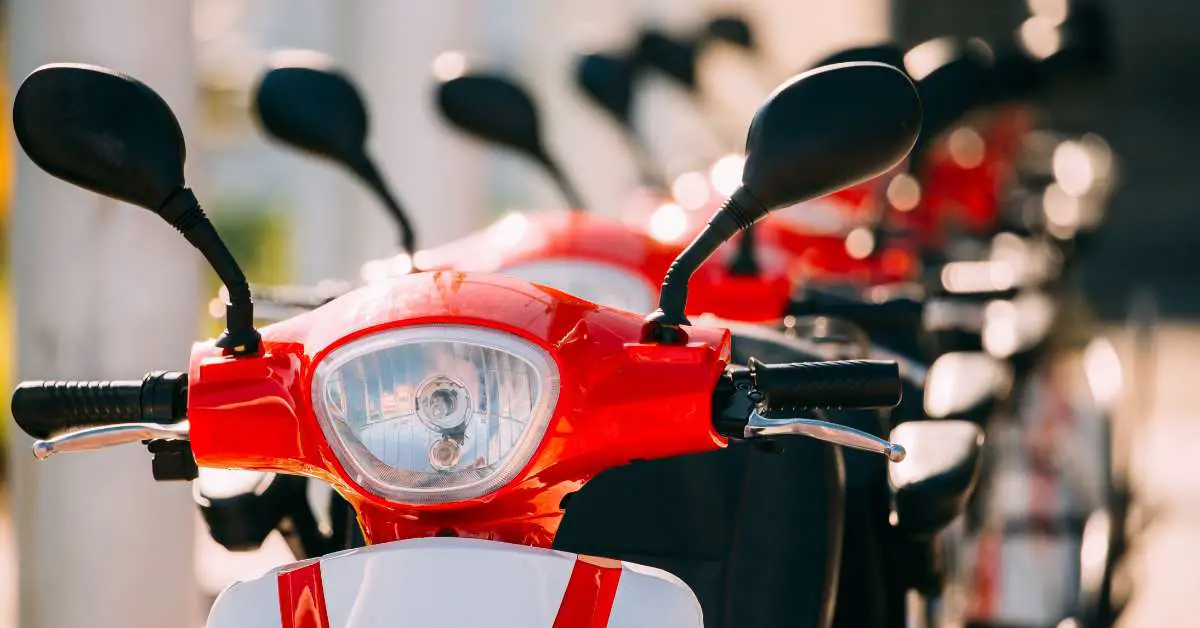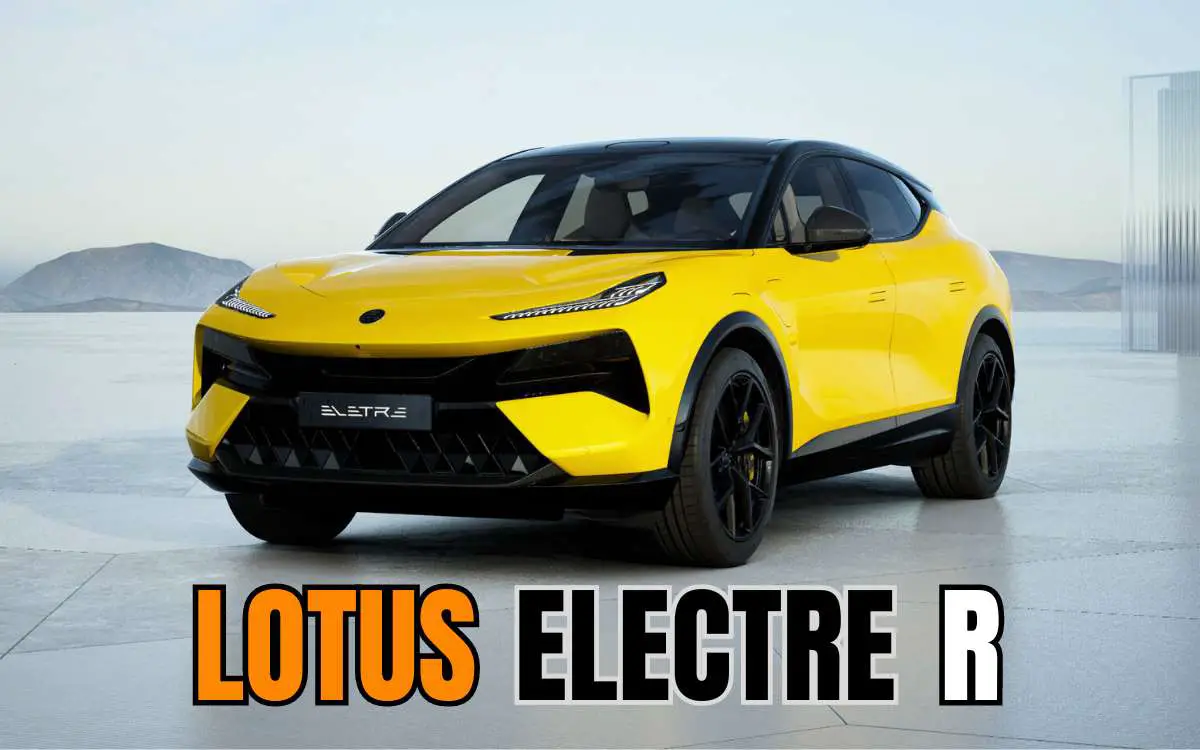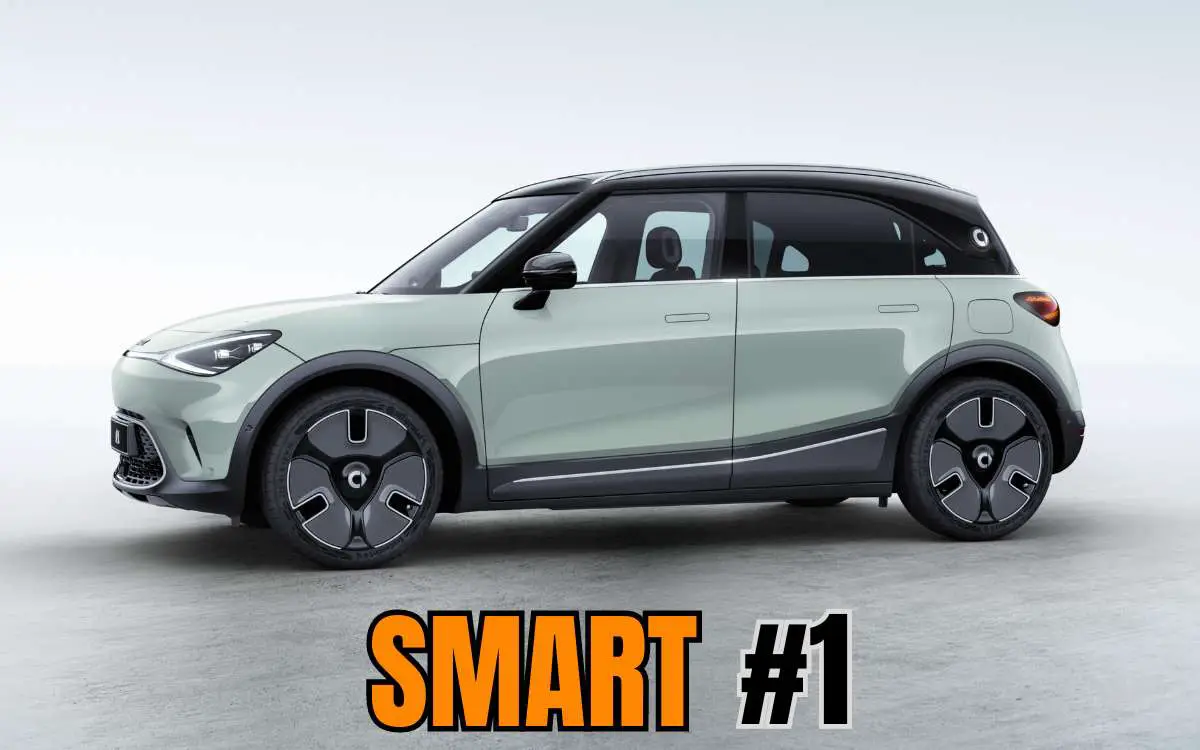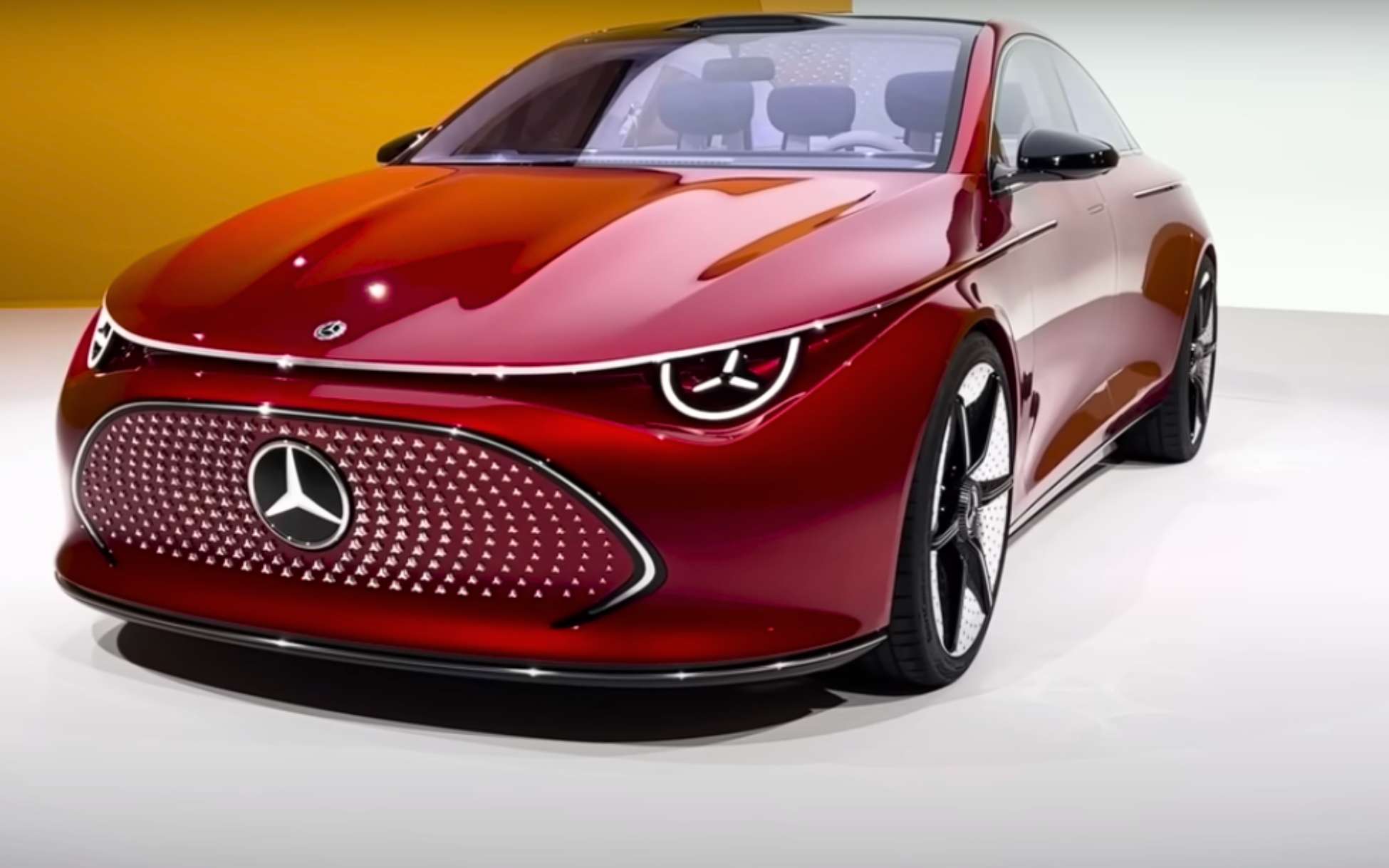If you are considering buying an electric bike, now is the best time to do so. Why? Now you have quite a lot of options in the current market. And, limitations present with previous models are reduced substantially with new tech improvements.
But, still many have the concern “are electric bikes easy to ride?”. Is it light weight compared to gas-powered ones? Then, how does it affect balancing? Most electric bikes do not have clutches and gears, and without them how can I control the bike as I do with my gas-powered bike?
If you have all these concerns, this article is for you. Let’s dive into details.
Are electric motorbikes easy to ride? Simple answer.
Electric motorbikes can be easy to ride, especially for those who are good at riding gas-powered typical motorbikes. Electric motors provide instant torque, making them easy to control and maneuver in traffic.
And, since electric motorbikes lack clutch or gears to shift, that makes it easy for beginner riders to operate them. But, the overall ease of riding will depend on factors such as the weight and power of the motorbike, as well as the rider’s experience and skill level.
Rider’s experience and skill level are factors specific to each individual. So, you can gauge your skill and experience for that.
But, let’s look at factors that affect the ease of riding an electric motorbike in detail.
Factors that affect ease of riding an electric motorbike
Here are some of the most important factors that decide how easy and enjoyable your riding of an electric motorbike is.
- Weight and balance: Electric motorbikes tend to be lighter than their gas-powered counterparts. The heaviest part of it is the battery. And they do not have gas-tanks either. Due to light weight, stability of electric motorbikes is comparatively somewhat less.
- Power delivery: Electric motorbikes have instant torque, which can make them more responsive and easier to handle than gas-powered bikes for novice riders . However, this can also make the bike more aggressive and difficult to control if you’re not used to the power delivery.
- Range: The range of an electric motorbike can greatly affect how easy it is to ride. If the bike has a shorter range, you’ll need to plan your rides more carefully to ensure you don’t run out of juice before reaching your destination.
- Charging infrastructure: The availability of charging infrastructure can greatly affect how easy it is to ride an electric motorbike. If there are plenty of charging stations available along your route, you’ll have more flexibility and peace of mind.
- Riding mode and settings: Many electric motorbikes come with different riding modes and settings that can affect the bike’s performance and ease of handling. For example, some bikes have eco modes that limit power output to conserve battery life, while others have sport modes that provide more aggressive power delivery.
You can consider those factors to get an informed decision about which electric motorbike is right for you and how to optimize your riding experience.
With the right combination of weight, power delivery, range, charging infrastructure, and riding mode, riding an electric motorbike can be a smooth and enjoyable experience that rivals gas-powered bikes in many ways.
Now let’s look at types of electric motorbikes in the market and characteristics of them.
Types of electric motorbikes
- Standard/Street Electric Motorcycles: These are intended for all-purpose riding, commuting, and touring and resemble conventional gasoline-powered bikes in appearance. They normally have a range of 60 to 120 miles and a top speed of between 60 and 80 mph.
- Dual-Sport Electric Motorcycles: These motorcycles include off-road tires, long-travel suspension, and more robust bodywork, making them suitable for riding both on and off-road. Their normal range is between 60 and 100 miles, and their top speed is between 70 and 90 mph.
- Sport Electric Motorcycles: These motorcycles are performance-oriented, with an emphasis on handling and speed. On a single charge, they normally have a range of 60 to 100 miles and a top speed of 80 to 120 mph.
- Scooter Electric Motorcycles: These are compact, light bikes that are ideal for quick journeys and commuting in cities. On a single charge, they typically have a range of 30 to 50 miles and a top speed of 30 to 40 mph.
- Electric Dirt Bikes: For motocross, trail riding, and other sorts of dirt riding, these are the suitable bikes. On a single charge, they typically have a range of 20 to 30 miles and a top speed of 40 to 60 mph.
- Supermoto Electric Motorcycles: These bikes, which were created for both on- and off-road riding, are crossbreeds between street and dirt bikes. On a single charge, they typically have a range of 50 to 100 miles and a top speed of 60 to 90 mph.
Now that you have a good understanding of types of motorbikes, their designed purposes, and unique characteristics. You can concentrate more on types that match your requirements.
Then, it is better to look at riding experience in detail.
Riding an electric motorbike: What you need to know
Starting an electric motorbike: Difference against gas-power bikes
When it comes to riding an electric motorbike, the first difference against its gas-powered counterpart to highlight is its one-step start.
With a gas-powered bike, you need to turn the key to the “on” position, pull in the clutch, and hit the starter button. But with an electric bike, it’s as simple as flipping a switch or pressing a button.
No clutch needed, and no engine revving to get going. And also, electric motorbikes have a much quieter startup, which can take some getting used to if you’re used to the roar of a gas engine.
Riding an electric motorbike: Difference against gas-power bikes
Acceleration and Speed
Riding an electric motorbike is a distinctive experience that is very different from its gas-powered equivalent. The acceleration and speed differences are among the most obvious ones.
Electric motorcycles offer a thrilling and responsive ride due to their instant torque and ability to quickly reach their maximum power. But, gas-powered bikes may take a little longer to accelerate and demand that you change gears in order to maximize the engine’s power.
However, keep in mind that performance and features are different from one model to another. And, there are conventional bike models that out rank some electric counterparts in performance.
Braking
When it comes to braking, electric bikes have regenerative braking. It converts the bike’s kinetic energy back into electricity to recharge the battery.
This means you can slow down without having to use the brakes as much. This makes riding smoother and more efficient. In contrast, gas-powered bikes have traditional brake systems. That may require more frequent maintenance than the system in electric bikes. And, also it may undergo more wear and tear over time.
Here’s a quick comparison table on riding differences between electric motorbikes and gas-powered bikes.
| Feature | Electric Motorbike | Gas-Powered Motorbike |
| Acceleration and Speed | Instant torque, quick acceleration, high speed | Requires gear shifting. Acceleration may be slower with rider skill. |
| Braking | Regenerative braking, efficient and smooth | Traditional brake systems, requires more maintenance |
| Shift Gears | No gears (in most), direct drive | Multiple gears, optimized for power output |
Tips for Riding an Electric Motorbike Safely and Comfortably
It might be thrilling and exciting to ride an electric motorcycle, but it’s crucial to do so securely and comfortably. The following advice will help you get the most out of your ride:
- Practice in a safe environment: If you’ve never ridden an electric motorcycle before, start by getting some practice in an open area. This will allow you to become accustomed to the bike’s handling and power delivery without having to worry about traffic or other potential hazards.
- Wear appropriate gear: It’s important to wear appropriate gear when riding an electric motorbike. This includes a helmet, gloves, and protective clothing that covers your body.
- Plan your route: Prepare your route and make sure you are aware of the locations of charging stations before you set out on your electric motorcycle. You may avoid running out of battery life and make sure you can go where you need to go without incident by doing this.
Final Thoughts
In conclusion, electric motorbikes offer a unique and exciting way to experience the thrill of the open road.
While they may present some challenges compared to gas-powered bikes, such as weight and charging considerations, there are many advantages that make them well worth the investment.
With instant torque and advanced features, electric motorbikes can be a great option for riders of all skill levels.
So whether you’re a seasoned rider or just starting out, why not give an electric motorbike a try? You may just be surprised at how easy and fun they are to ride!






Leave a Reply